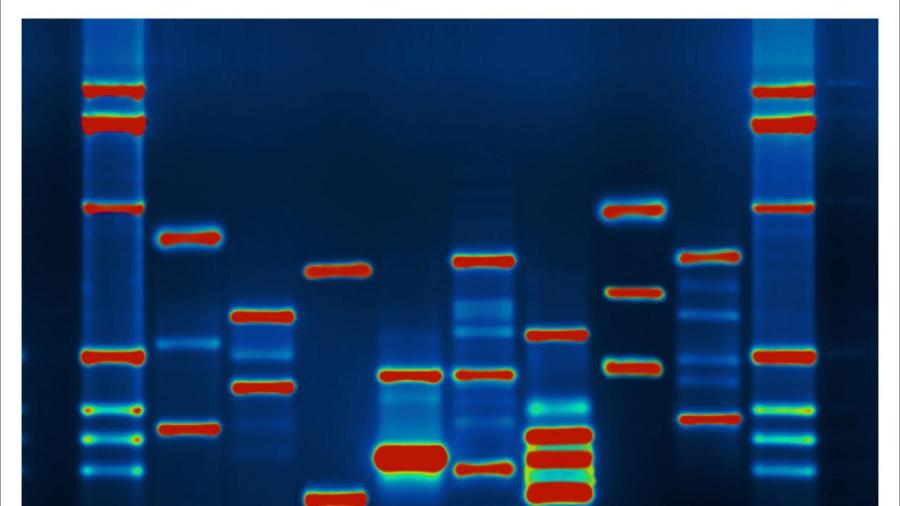What Are the Three Parts of a Nucleotide?
Follow Us:
Twitter

The three subunits of a nucleotide are a nitrogenous base, a sugar and a phosphate group. Nucleotides are the building blocks of DNA and RNA molecules.
One nitrogenous base, known as purine, is comprised of adenine and guanine. The other nitrogenous base is pyrimidine, which is cytosine and thymine. These bases combine to form DNA. RNA formation is slightly different, as uracil is substituted for thymine.
Deoxyribose is the sugar subunit in a DNA molecule, while ribose is the sugar subunit of an RNA molecule.
Nucleotides form nucleic acids, which are organic compounds that are found in every cell. These compounds are chemically linked to form DNA and RNA strands.
ADVERTISEMENT





